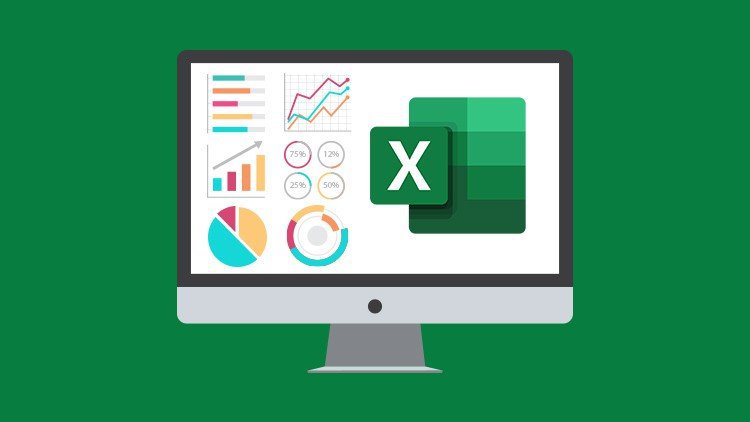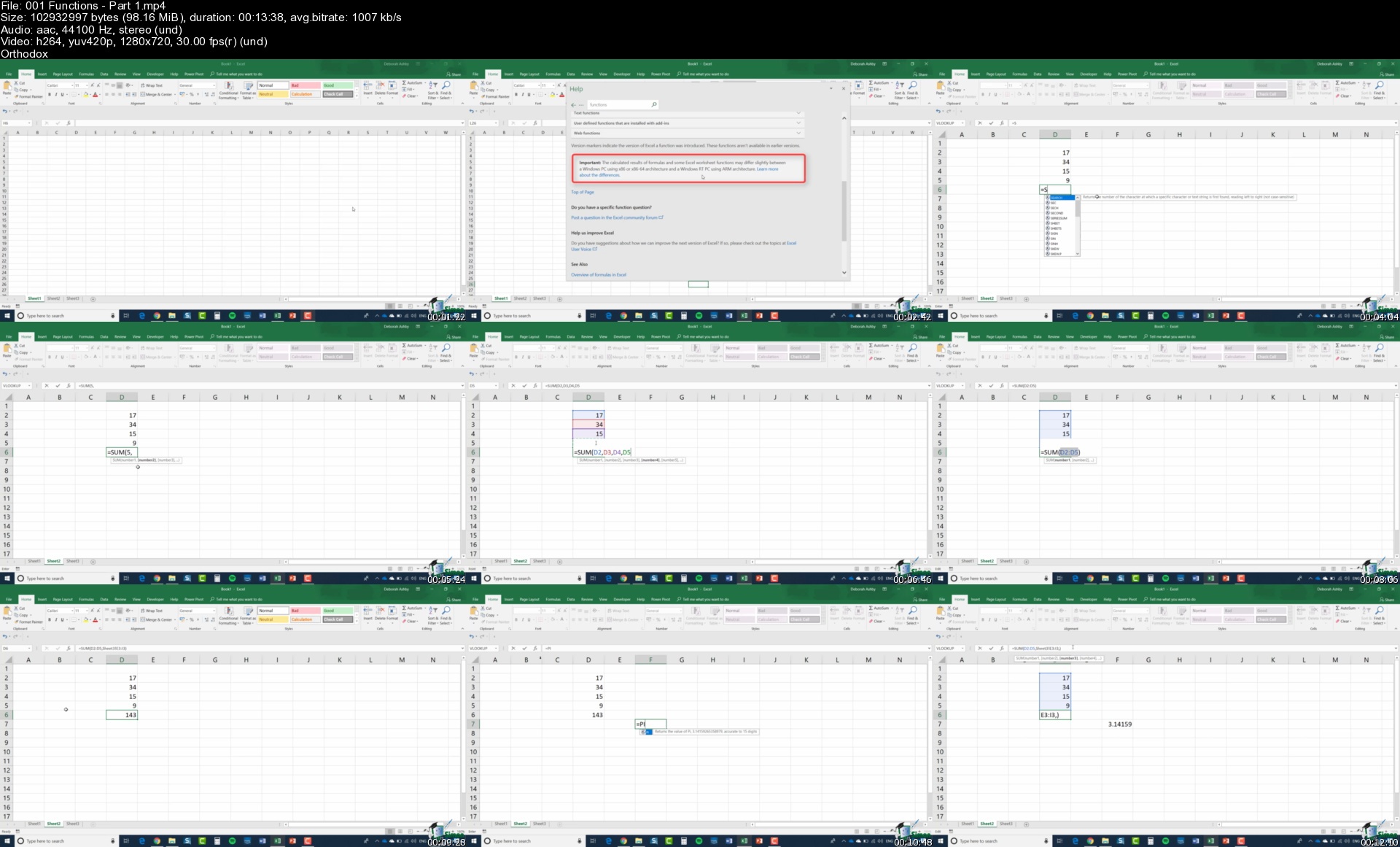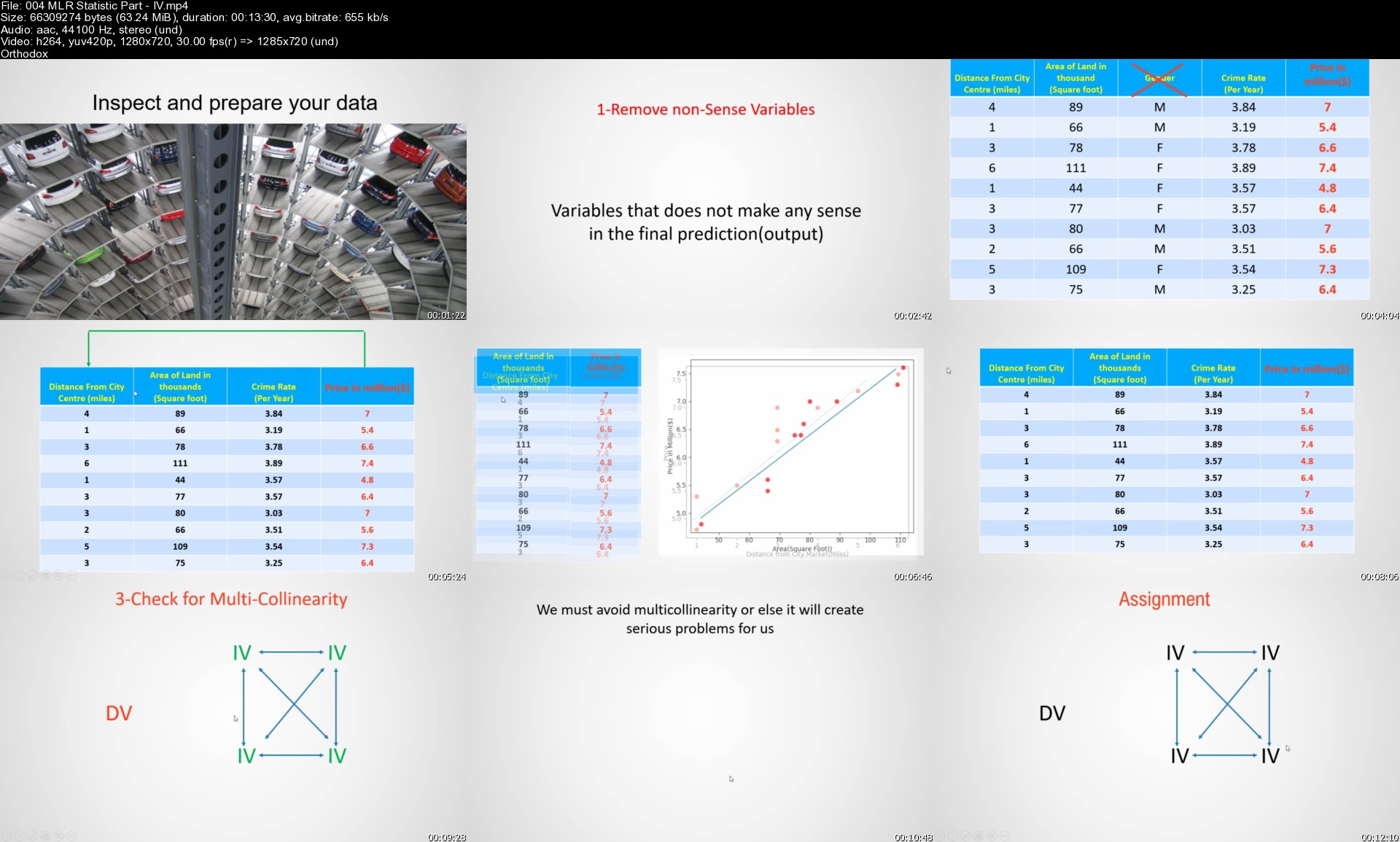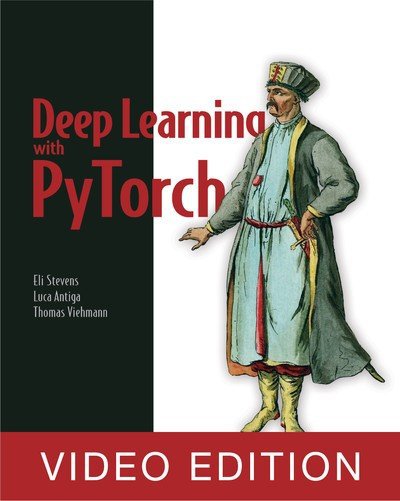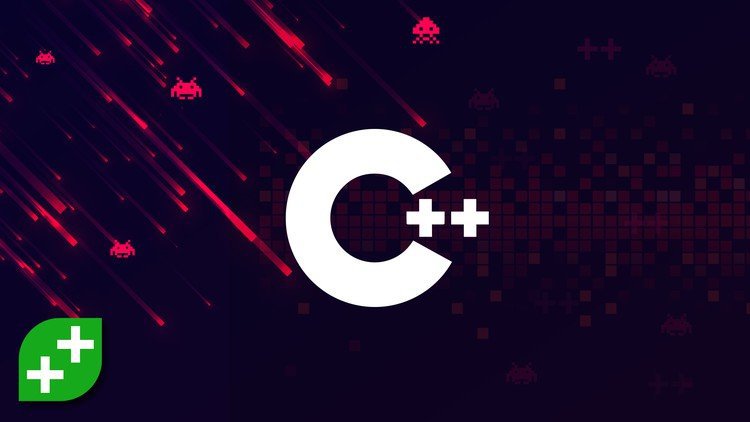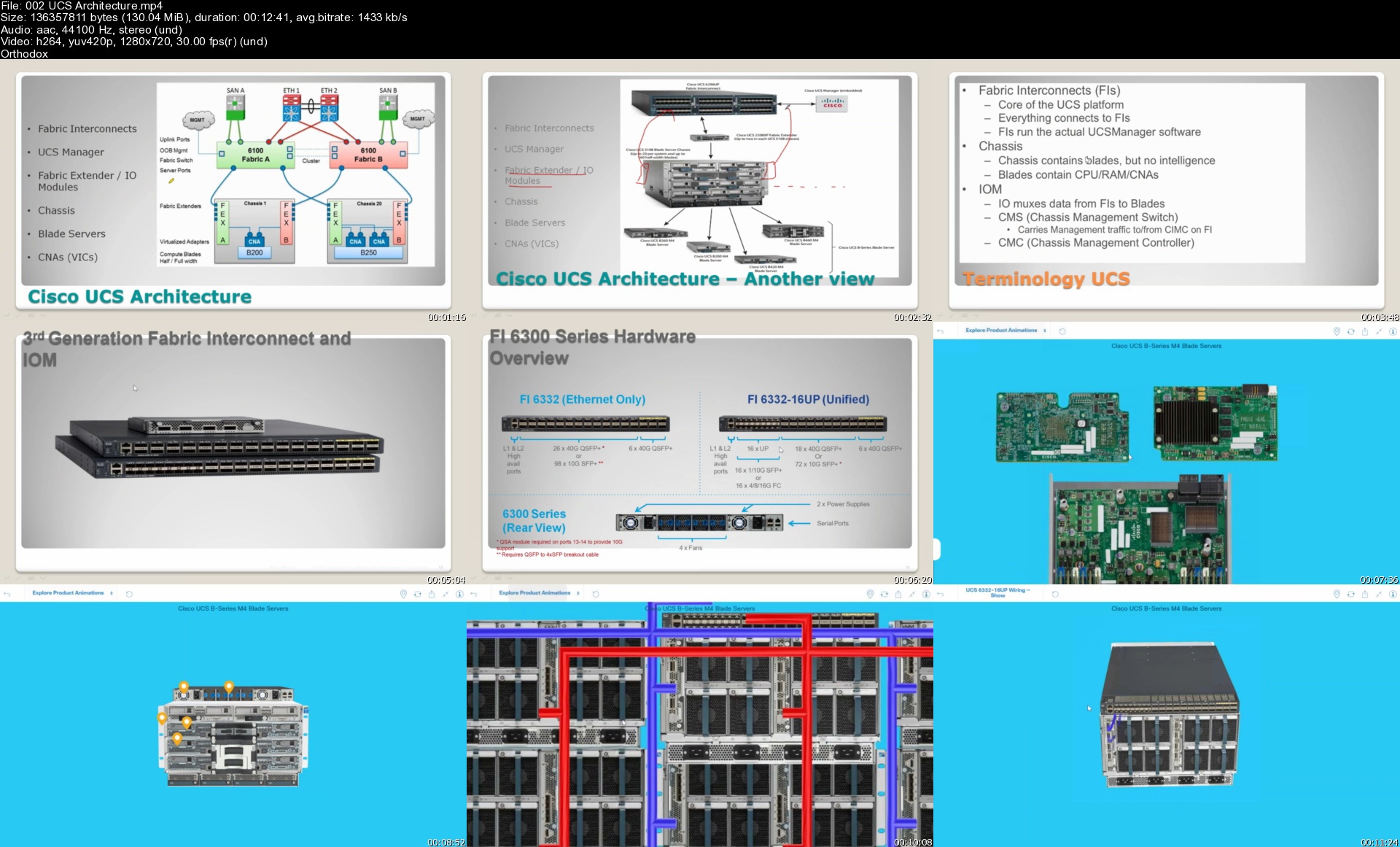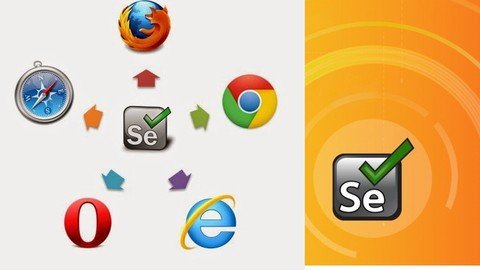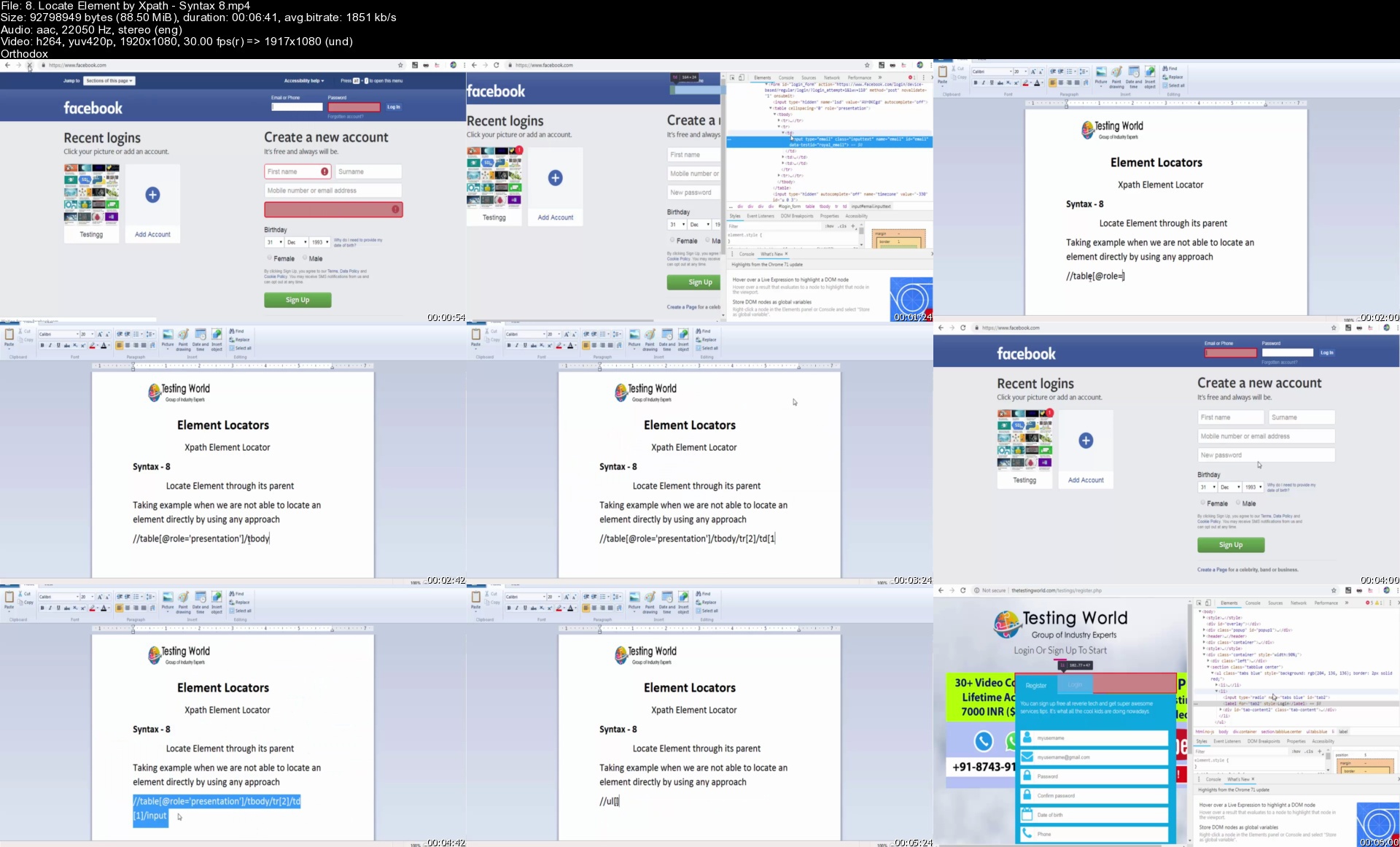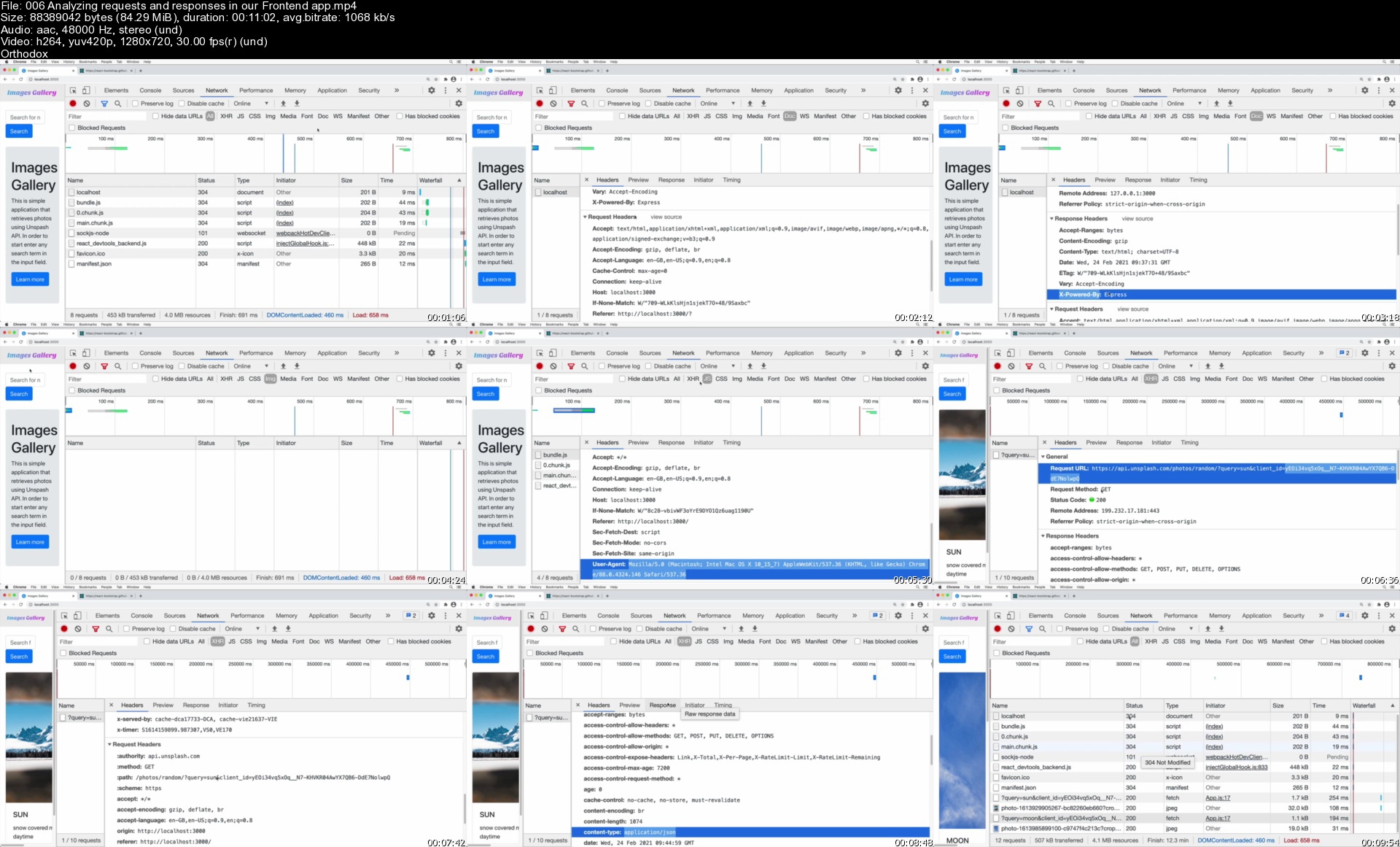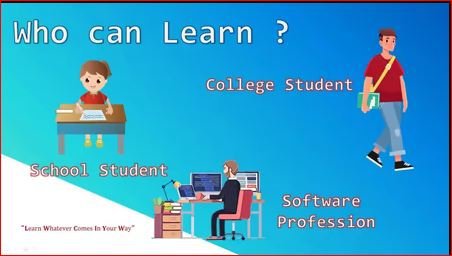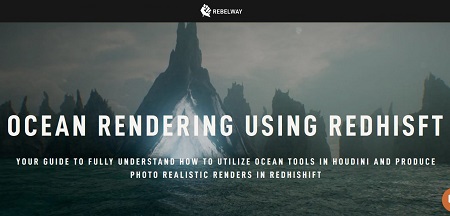Unreal Engine 4 - Multiplayer Team Based FPS In Blueprints

Unreal Engine 4 - Multiplayer Team Based FPS In Blueprints
MP4 | Video: h264, 1280x720 | Audio: AAC, 44.1 KHz, 2 Ch
Genre: eLearning | Language: English + srt | Duration: 40 lectures (44h 5m) | Size: 29 GB
Creating A Unreal Engine 4 Team Based FPS With Several Game Modes From Ground Zero In 100% Blueprint Scripting
What you'll learn:
Learn Various Aspects Of Using Unreal Engine 4 By Making An Actual Playable Multiplayer FPS Game
Detailed Explanations Not Just Watching Someone Clicking Buttons
No C++ The Entire Project Is Made Using 100% Blueprint Scripting
Setting Up A Menu With Basic Steam Listen Server Hosting And Joining
Setting Up A FPS Character Using 3 Separate Meshes
Setting Up Weapon Firing For Hitscan And Projectile Based Weapons
Making Team Based Death And Re-spawn System
Requirements
Basic Understanding Of The UI And Navigation Of Unreal Engine 4
Description
What Better Way To Learn The Unreal Engine 4, Than By Creating A Fully Playable Multiplayer Team Based FPS Game. This Course Covers The Process Of Going From A Blank Project All The Way To A Playable Packaged Build That Can Be Distributed For Others To Host And Join The Game Using The A Basic Steam Listen Server.
Who this course is for
This Course Is Targeted For Beginners To Intermediates
People Interested In The Multiplayer Side Of The Unreal Engine 4
Homepage


Unreal Engine 4 - Multiplayer Team Based FPS In Blueprints
MP4 | Video: h264, 1280x720 | Audio: AAC, 44.1 KHz, 2 Ch
Genre: eLearning | Language: English + srt | Duration: 40 lectures (44h 5m) | Size: 29 GB
Creating A Unreal Engine 4 Team Based FPS With Several Game Modes From Ground Zero In 100% Blueprint Scripting
What you'll learn:
Learn Various Aspects Of Using Unreal Engine 4 By Making An Actual Playable Multiplayer FPS Game
Detailed Explanations Not Just Watching Someone Clicking Buttons
No C++ The Entire Project Is Made Using 100% Blueprint Scripting
Setting Up A Menu With Basic Steam Listen Server Hosting And Joining
Setting Up A FPS Character Using 3 Separate Meshes
Setting Up Weapon Firing For Hitscan And Projectile Based Weapons
Making Team Based Death And Re-spawn System
Requirements
Basic Understanding Of The UI And Navigation Of Unreal Engine 4
Description
What Better Way To Learn The Unreal Engine 4, Than By Creating A Fully Playable Multiplayer Team Based FPS Game. This Course Covers The Process Of Going From A Blank Project All The Way To A Playable Packaged Build That Can Be Distributed For Others To Host And Join The Game Using The A Basic Steam Listen Server.
Who this course is for
This Course Is Targeted For Beginners To Intermediates
People Interested In The Multiplayer Side Of The Unreal Engine 4
Homepage








